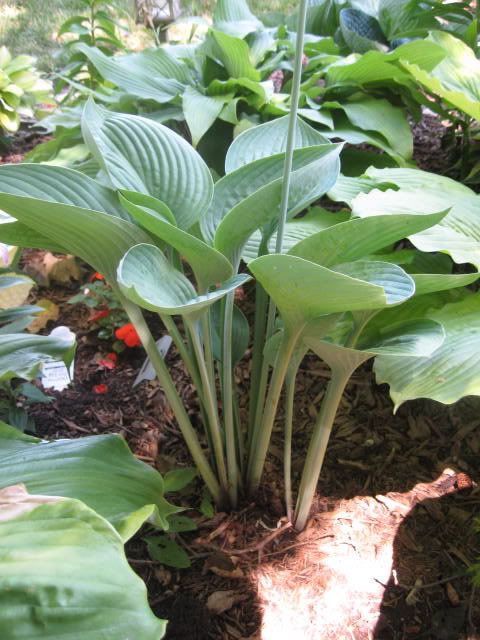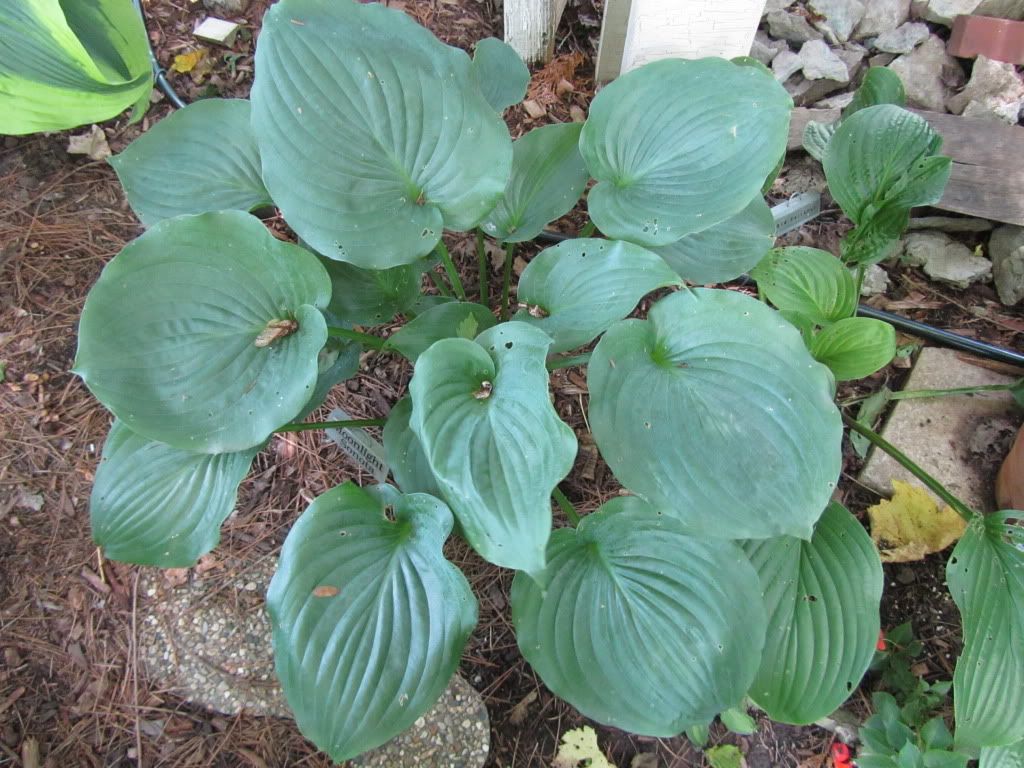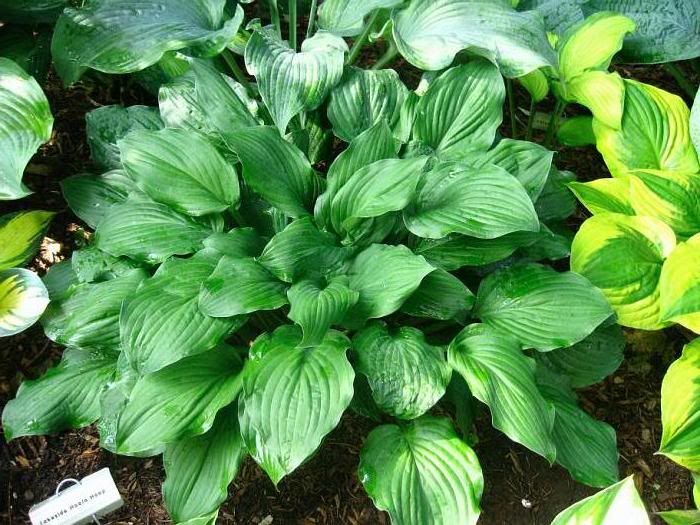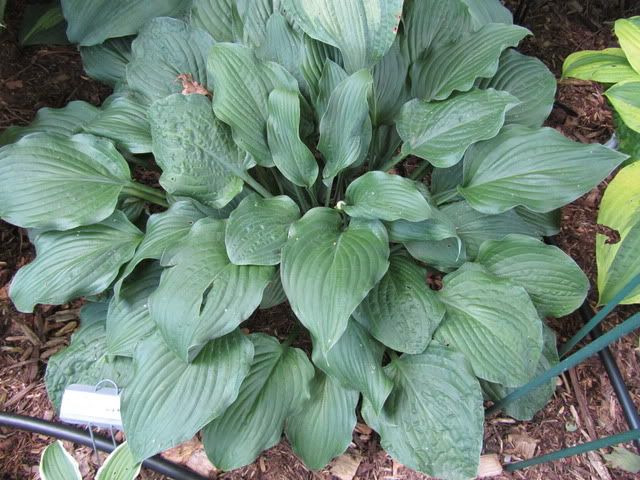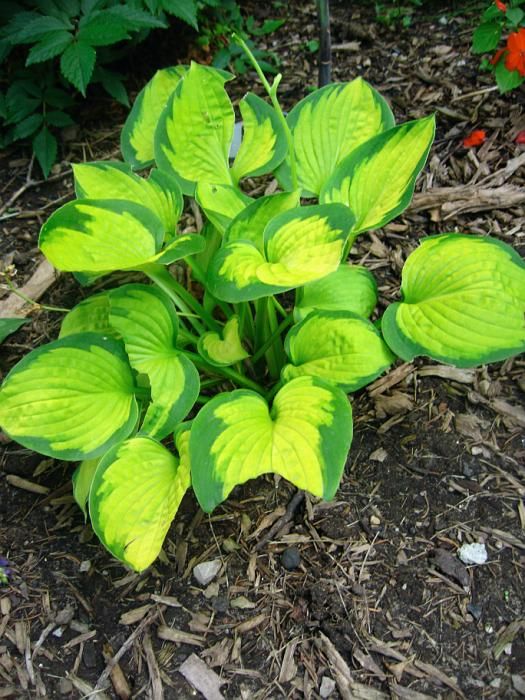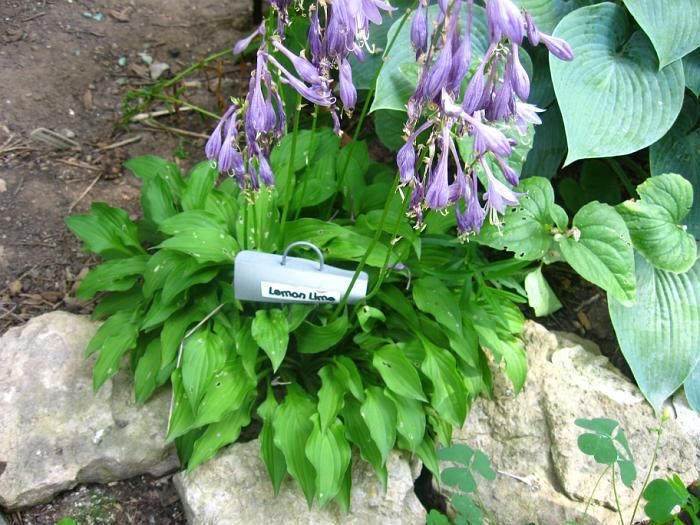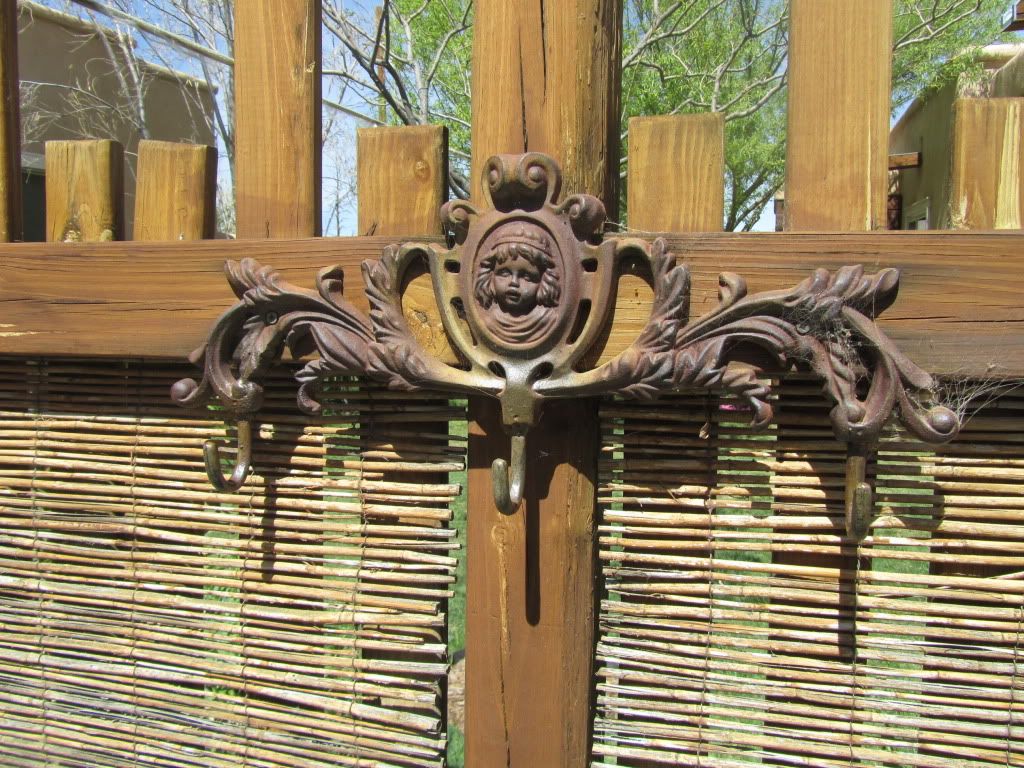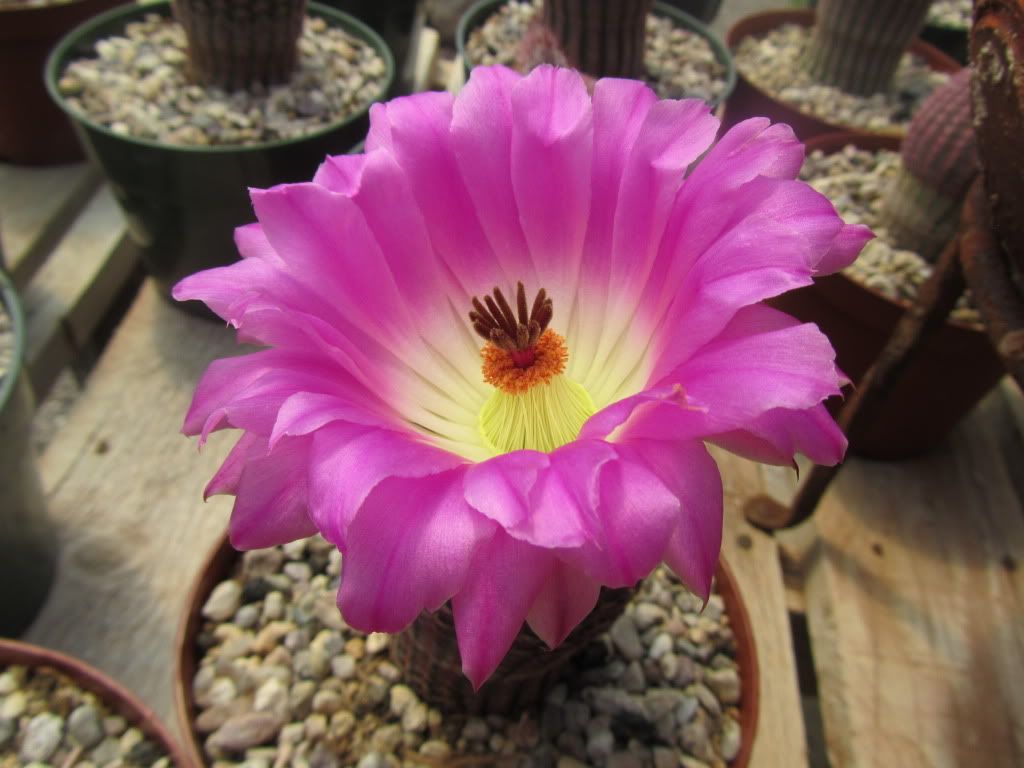Spring is a great time to divide hostas, especially those very large hostas. It's easier to divide that giant hosta when it's eyes are just coming out of the ground then when it's a large leafed out plant. If you can divide them before they leaf out, most of them won't even show signs that they have been divided.
Before I get into how to divide your hostas, I just want to say that despite what some of you have heard, hostas do not need to be divided. I divide mine simply because they outgrow the space I have given them. If I had a lot of space in my garden, I would never need to divide my hostas. The only time a hosta may need to be divided is if it develops fairy ring. Fairy ring is when the middle of the hosta dies out but the hosta surrounded the middle grows just fine. Fairy ring isn't going to kill your hosta, but it just isn't visually appealing. Usually fairy ring is the result of the middle of the hosta sinking into the soil.
Here are the steps:
 |
| 1. Here are my choice of tools. You may have garden tools you prefer and feel free to use those. My tools of choice are a transplant shovel, a garden fork, and a serrated bread knife (or a garden knife would also work). |
 |
| 2. If I am dividing a chunk off of a hosta without digging it up I use my transplant shovel. I try to look for a natural break between eyes and I place my shovel there. The transplant shovel is smaller then the average shovel, but it is also longer so you can dig into the dirt farther and get underneath the roots of the hosta. I try to angle the shovel away from the smaller set of eyes to make sure I am getting roots and then I dig in. You will go through roots and maybe an eye but all is good. |
 |
| 3. Slowly lift the portion of the hosta you wish to divide off of the larger hosta. |
 |
| 4. You will then have something that looks like this. You can plant it somewhere else, give it to friends, or pot it up for a plant sale. If you have several eyes you can also cut the eyes off and make several divisions. |
 |
| 1. This hosta was attacked by voles over the winter, so I wanted to lift the whole hosta out before diving. For this I use a garden fork, because the garden fork will lift the hosta and roots but leave behind most of the dirt. |
 |
| 2. Once I have the plant lifted out of the ground, I use a garden knife to cut off different sections of the hosta. |
 |
| 3. If you cut through the eyes and roots and your plant looks like this, don't worry it will recover and grow normal. |
